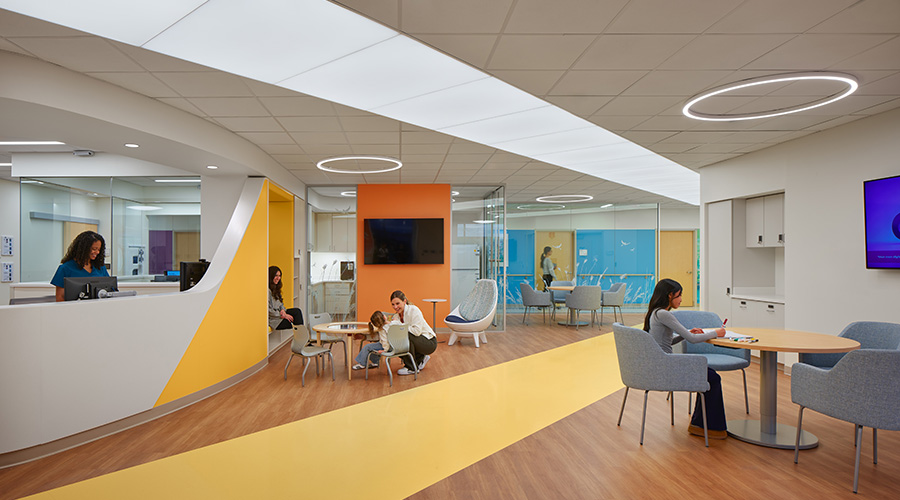Operating room material choices must address infection control needs
Materials and finishes in the OR—particularly walls and flooring—are an important part of creating a safe environment, according to an article on the Healthcare Design website
Materials and finishes in the OR — particularly walls and flooring — are an important part of creating a safe environment, according to an article on the Healthcare Design website. For instance, the Facility Guidelines Institute’s Guidelines for Design and Construction of Hospitals dictates that floors should be monolithic and seamless, which will inherently keep out more pathogens and be more easily disinfected. Walls also play an important role in creating a hygienic space. Air and fluid-borne pathogens can reach the walls, so they must be easily and routinely cleaned, as well.
Read the article.
January 3, 2020
Topic Area:
Infection Control
Recent Posts
So-called dust bunnies on hospital room floors contain dust particles that turn out to be the major source of the bacteria humans breathe.
Almost half of power outages in the United States were caused by extreme weather events.
Intensifying climate risks are pushing hospitals to think beyond code requirements and toward long-term resilience.
The second phase is expected to be completed in the second half of 2027.

 Contaminants Under Foot: A Closer Look at Patient Room Floors
Contaminants Under Foot: A Closer Look at Patient Room Floors Power Outages Largely Driven by Extreme Weather Events
Power Outages Largely Driven by Extreme Weather Events Nemours Children's Health Opens New Moseley Foundation Institute Hospital
Nemours Children's Health Opens New Moseley Foundation Institute Hospital Code Compliance Isn't Enough for Healthcare Resilience
Code Compliance Isn't Enough for Healthcare Resilience Ribbon Cutting Marks First Phase Completion for New Montefiore Einstein Facility
Ribbon Cutting Marks First Phase Completion for New Montefiore Einstein Facility